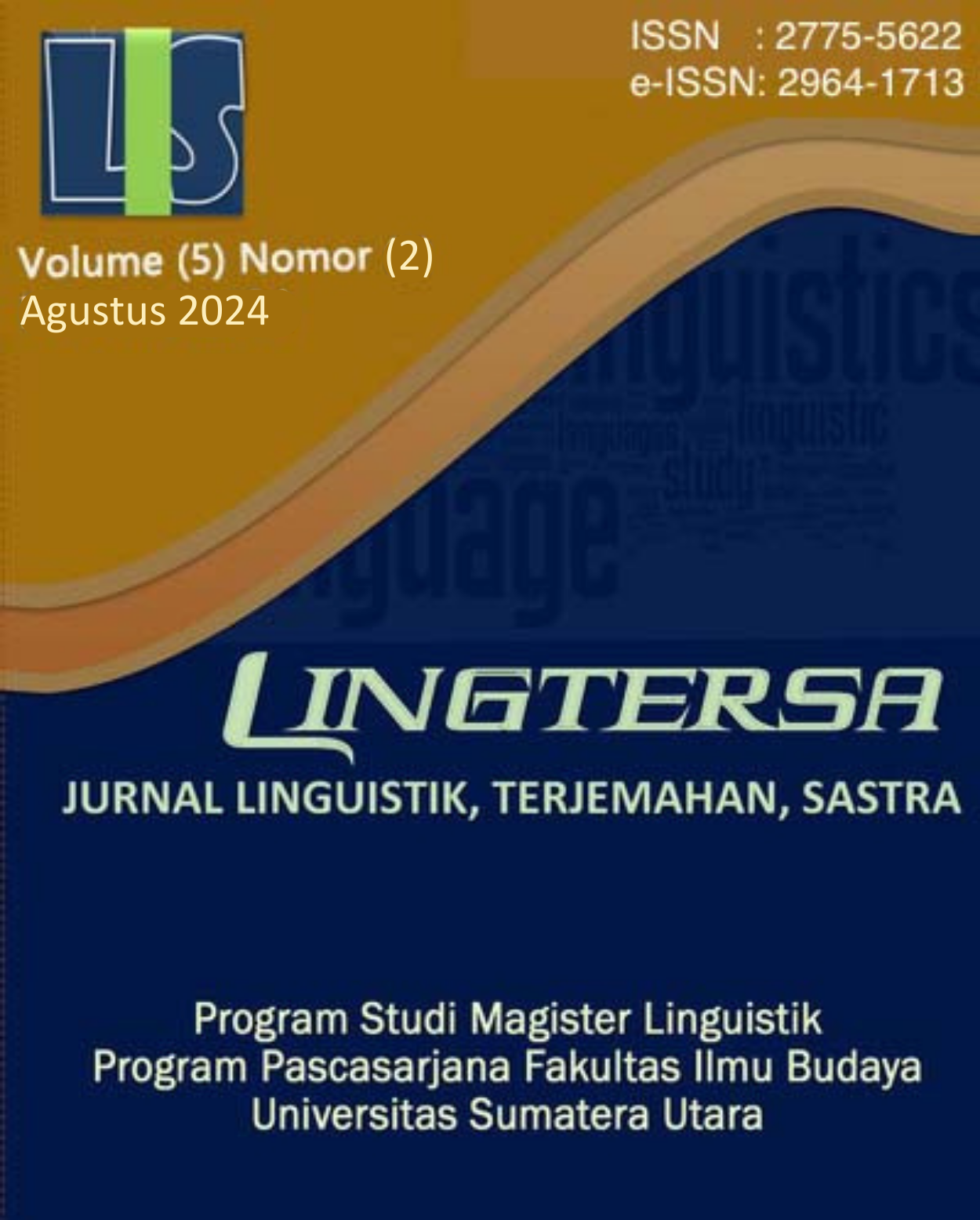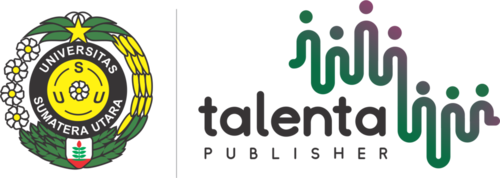Analisis Verba ‘Ajar’ dalam Korpus Bahasa Indonesia: Studi Linguistik Korpus
DOI:
https://doi.org/10.32734/lingtersa.v5i2.16770Keywords:
Corpus Linguistics;, KBBI;, AjarAbstract
This research compares the derivatives of the word "ajar" in data in the Corpus Query Processor: LCC Indonesia 2023 and the latest edition of the Indonesian Dictionary (KBBI). The derivatives of the word "teach" that are identified are the differences and similarities in sentence patterns, sentiments and types of sentences. Corpus Query Processor: LCC Indonesia is a collection of digital texts that represent a particular language. This study is included in corpus linguistics studies, namely empirical studies of language using features such as concordance, collocations, N-grams, and word lists. The method used is a descriptive qualitative approach with in-depth analysis of lingual corpus data. The research results found 13 derivatives of the word "teach" in the verb class in the corpus, with 5 of them found in KBBI Edition VI. This difference in derivatives of the word "teach" indicates the possibility that some commonly used derivatives of the word have not been included in the KBBI. Another finding is that the sentence pattern of each derivative of the word "teach" has been clearly identified, indicating the subject, predicate, object, as well as any additional information that may be present. Actor and patient sentiments vary depending on the context of the sentence. However, generally, there is a positive sentiment towards the derivative of the word "teach", which indicates the act of learning or teaching that is considered good or useful.
Downloads
Downloads
Published
How to Cite
Issue
Section
License
Copyright (c) 2024 Linguistik Terjemahan Sastra (LINGTERSA)

This work is licensed under a Creative Commons Attribution-ShareAlike 4.0 International License.









